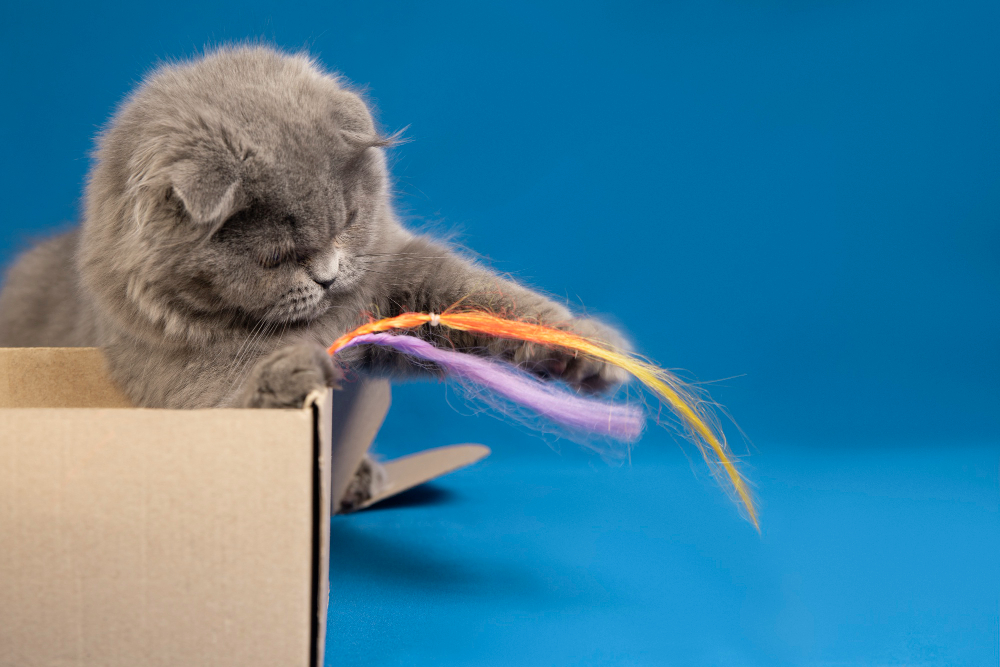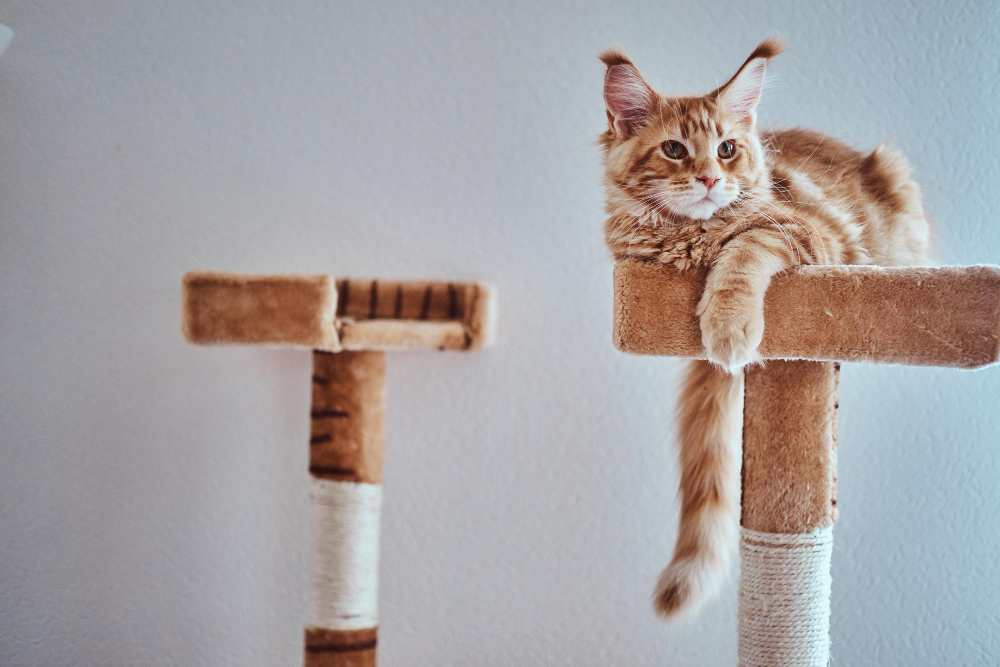Training a cat to use a scratching post can feel like teaching a toddler to avoid candy—tricky, but not impossible. If you’ve ever winced as your feline friend claws at your favorite couch cushion or the edge of a brand-new pet embroidered sweatshirt, you’re not alone. Scratching is instinctual for cats—but that doesn’t mean your home has to suffer. With a little patience and a few smart strategies, you can redirect your kitty’s natural behavior to a more appropriate outlet.
Contents
- Why Cats Scratch: The Method Behind the Madness
- Step 1: Choose the Right Scratching Post
- Step 2: Placement Is Everything
- Step 3: Encourage the Behavior
- Step 4: Discourage the Wrong Targets
- Step 5: Keep It Fresh (and Fun)
- What If Training Isn’t Working?
- Don’t Declaw—Redirect Instead
- Final Thoughts: Stay Patient, Stay Consistent
Why Cats Scratch: The Method Behind the Madness
Before diving into training, it’s helpful to understand why your cat is digging into your favorite loveseat. Cats scratch for several instinctive reasons:
- Territory marking: Both visual (scratches) and scent (pheromones from their paw pads).
- Claw maintenance: Scratching helps shed the outer sheath of their nails.
- Stretching and exercise: It’s yoga and a manicure all in one.
- Stress relief: Yes, even your chill-looking kitty has bad days.
Recognizing this behavior as natural—not naughty—will make the training process much smoother.
Step 1: Choose the Right Scratching Post
Material Matters
Cats have preferences. Some go crazy for sisal rope, others love cardboard or carpet. Pay attention to what surfaces your cat currently scratches. If your cat loves the texture of your rug, a sisal-covered post might be a better alternative than smooth wood.
Popular materials cats often enjoy:
- Sisal rope
- Corrugated cardboard
- Natural wood
- Carpeted surfaces
Size and Shape Count
Just like we all have a favorite chair, cats have a preferred scratching angle. Some like to scratch vertically; others, horizontally. Ideally, provide both:
- Vertical posts: Great for full-body stretching
- Horizontal scratchers: Perfect for lounging claws
A large post also needs to be stable. If it topples over mid-scratch, your cat may never go back. Brands like Lucky Pet and Pet Wants offer solid options that stand up to even the most enthusiastic scratchers.
Step 2: Placement Is Everything
You wouldn’t put a treadmill in the attic and expect to use it every day. The same logic applies to scratching posts.
Place It Where They Already Scratch
Is your cat targeting your pet-friendly couch? Put the scratching post right in front of it. It may not match your decor, but it’ll save your furniture. Gradually move the post over time to a more acceptable location.
Near High-Traffic Cat Zones
- Near their bed or favorite nap spot
- Next to windows they frequently sit by
- Close to entryways (cats mark these areas)
Pet-friendly apartments or homes with multiple pets may benefit from having more than one post around the house—especially in areas where cats feel the need to claim space.
Step 3: Encourage the Behavior
Use Enticements
- Catnip: Sprinkle some on or around the post.
- Toys: Dangle feather toys or balls near the post.
- Treats: Give your cat a treat immediately after using the post.
Some owners have success using My Perfect Pet style treats or sprinkling catnip from Pet Nutrition Alliance products to make the post extra appealing.
Lead by Example (Kind Of)
Gently place your cat’s paws on the post to show them what it’s for—but don’t force it. Most cats will get the idea once they feel the texture.

Step 4: Discourage the Wrong Targets
Make Furniture Unappealing
- Double-sided tape (like from Pet Safe Exterminator lines)
- Aluminum foil
- Citrus or vinegar-based sprays (check that they’re pet-safe)
Avoid yelling or spraying water. It can make your cat anxious, and that can increase unwanted behaviors.
If you’re dealing with particularly stubborn scratchers, some pet parents use vinyl nail caps, available at many Pet Supplies Plus locations or online through Chewy Pet Meds.
Step 5: Keep It Fresh (and Fun)
Scratching posts do wear out. If your cat loses interest, it might be time for an upgrade. Try rotating types or moving them to a new location.
Also, integrate scratching with play. A post that doubles as a play station (with feather wands, hanging toys, or cat tunnels) increases engagement. Some popular setups include:
- Pet Supreme vertical towers
- Aussie Pet Mobile climbing frames
- Pet Sim 99 inspired interactive scratchers
What If Training Isn’t Working?
Sometimes, scratching issues stem from deeper problems like anxiety or medical concerns. If your cat suddenly changes behavior, it might be time for a vet visit. Clinics like Brookhaven Pet Hospital or Intermountain Pet Hospital offer behavior consults.
Additionally, some cats do better with pheromone diffusers or calming sprays available through Pharma Pet or Pet Deskpartners.
Don’t Declaw—Redirect Instead
Declawing is painful, outdated, and often leads to long-term behavioral issues. Many states (like New York and Oregon) and countries have banned the practice. Instead, choose humane options:
- Regular nail trims (you can get help from Josey Ranch Pet Hospital or Pawsitive Pet Care)
- Scratch training and redirection
- Environmental enrichment
Final Thoughts: Stay Patient, Stay Consistent
Training your cat to use a scratching post won’t happen overnight. Like convincing a dog to stay off your pet-friendly furniture, it takes repetition and rewards. But with the right setup and a little positive reinforcement, your feline will eventually get the idea—and your upholstery will thank you.
If you’re moving into pet-friendly hotels in San Diego or setting up your new pet-friendly couch in a happy tails pet resort, don’t forget to pack the scratch post.
And remember, your cat isn’t scratching out of spite—they’re simply being a cat. Give them the tools they need, and they’ll reward you with happy paws and fewer shredded corners.









